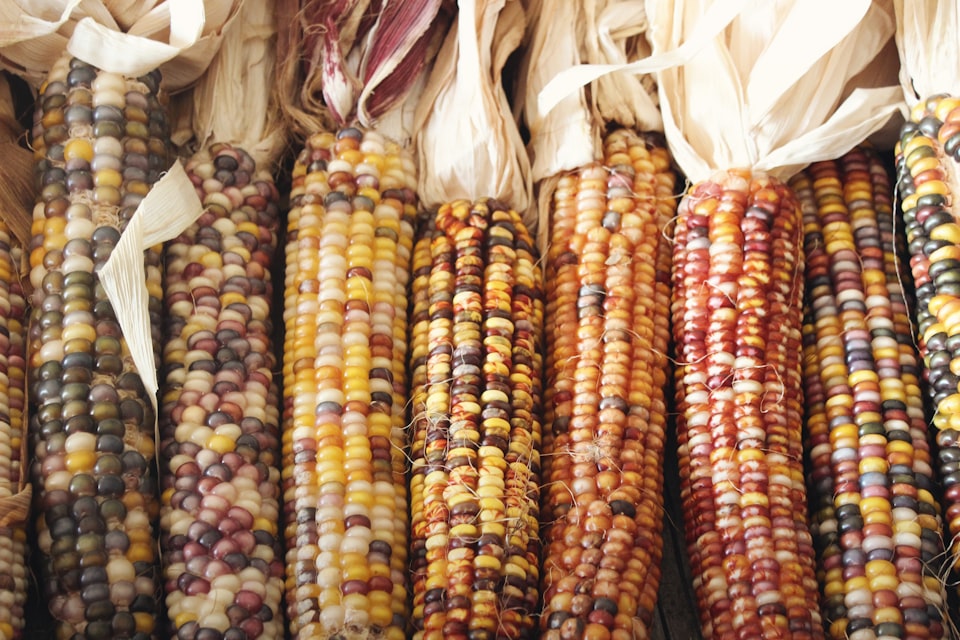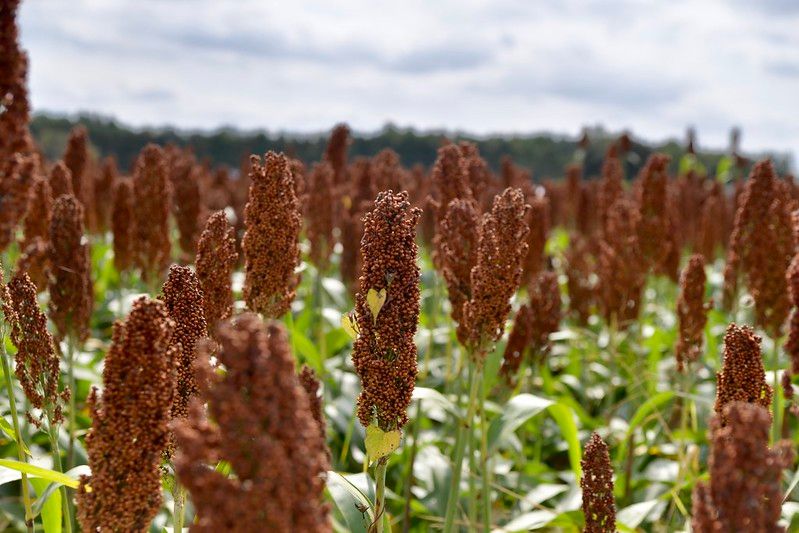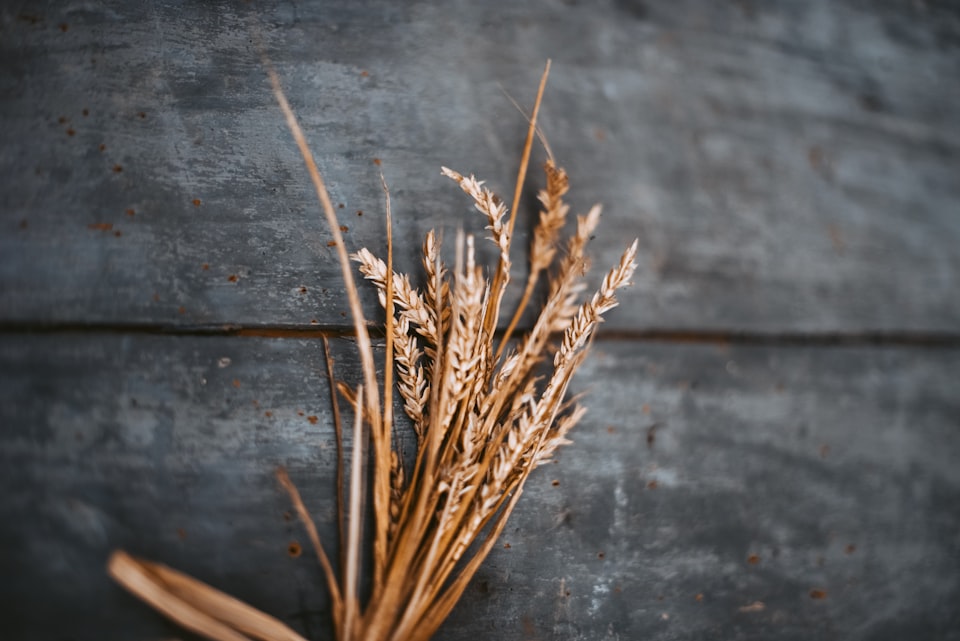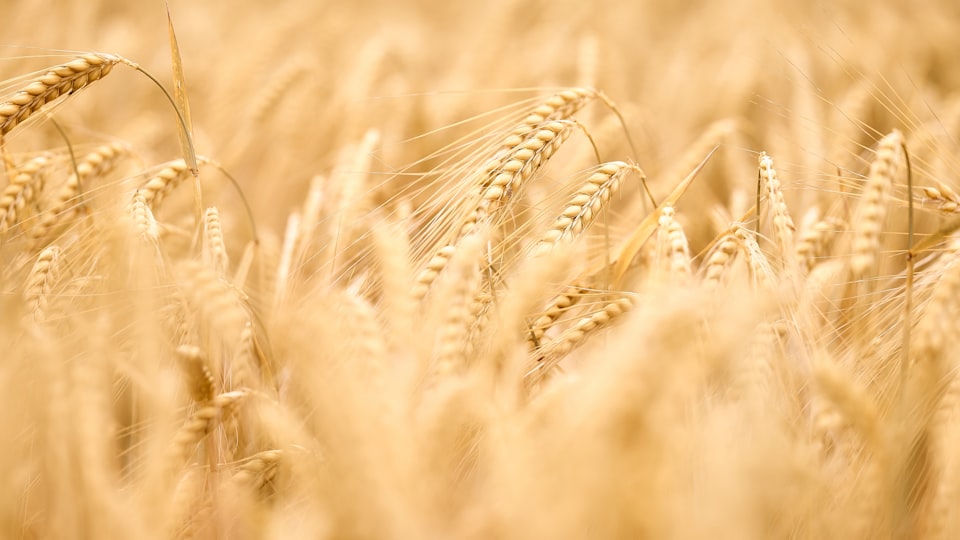I: Switchgrass
A grass that's for the birds.

Good morning. Today is primidi, the 11th of Thermidor, Year CCXXXI. We celebrate le panic, an American prairie grass that's great for grazing.
The word panic in French means exactly what you think it does, but also has pre-Latin roots in Old French as a word for seedy grass, and is usually applied to all manner of millets. It's hard to know if Fabre d'Eglantine intended for this day to be dedicated to the far-off switchgrass of Louisiana or the proso millet that had been cultivated across Eurasia for millennia. Just kidding, it was definitely the proso millet. That said, grass classification wasn't a topic of much interest in the 18th century, and it's entirely possible that for the botanists of d'Eglantine's day, a millet is a millet is a millet. It's all for the birds, anyway.



